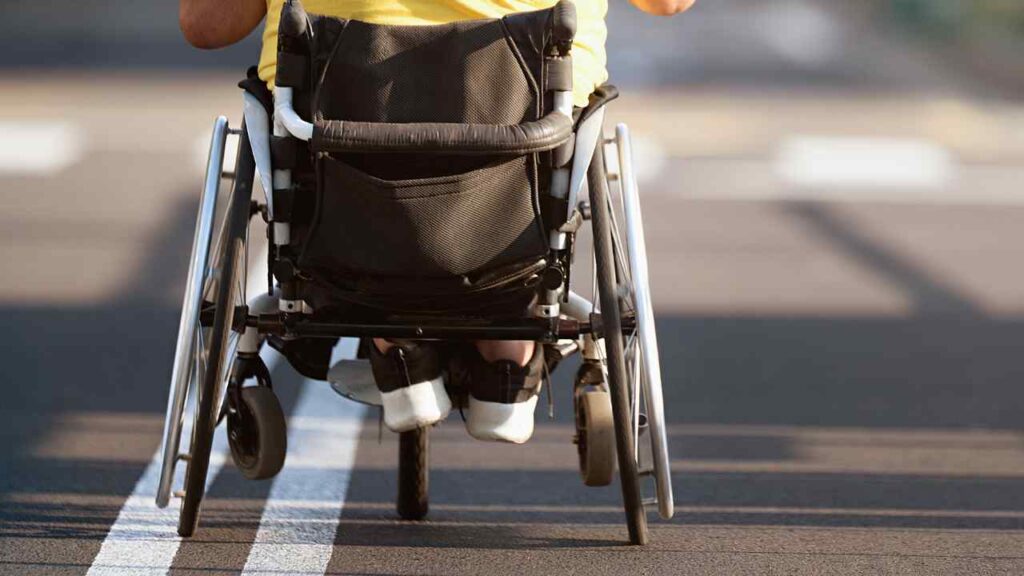A regulatory initiative being advanced by the Social Security Administration (SSA) under a blueprint from former President Donald Trump could lead to the most severe reduction in the history of the work-based Social Security Disability Insurance (SSDI) and the need-based Supplemental Security Income (SSI).
This move, which directly contradicts repeated public promises to leave these programs untouched, would likely strip roughly 750,000 people of their disability SSDI benefits over the next ten years. that’s the conclusion from experts at the Urban Institute that activated the alarms.
The SSDI could be cut: How’s Trump plan intended to work
So, how would it translate into action? The heart of the proposal, listed in the regulatory agenda as RIN 0960-AI67, is a overhaul of what are called the “medical-vocational guidelines.” Right now, these rules let evaluators consider a person’s age, education, and past work experience when deciding if someone with a disability could potentially adjust to a different type of job, and won’t be eligible for SSDI.
The new rule would scrap that approach for older workers. It would drastically raise the age threshold, moving it from 50 to 60 years old. This shift disregards well-established evidence showing how advanced age, particularly after 50, severely limits a worker’s ability to retrain or successfully switch careers.
On top of that, the plan updates outdated occupational data—which hasn’t been revised since 1991—with the stated goal of tightening the assessment of “transferable skills.” These stricter standards would hit both new applicants and current beneficiaries during their periodic eligibility reviews.
This effort isn’t happening in a vacuum. It’s part of a broader push for government efficiency that also includes a parallel plan to slash the SSA’s workforce by 7,000 employees—the deepest cut in the agency’s history—alongside restrictions on public service access. A similar version of this rule was reportedly close to being implemented at the end of Trump’s first term and has now resurfaced, backed by the Department of Government Efficiency (DOGE).
Who’s at risk to lose SSDI benefits
The impact of this reform would be sharply felt by specific communities. Nearly 80% of SSDI beneficiaries are workers over 50, and regions heavily reliant on physical labor and with lower education levels—think the U.S. South, Appalachia, Maine, and the so-called “Rust Belt” (Michigan, Ohio, Pennsylvania)—are expected to be hardest hit.
For individuals denied benefits, the fallout extends far beyond losing a critical income source that currently keeps half of all beneficiaries out of poverty. They would also face losing access to Medicare—which kicks in after 24 months on SSDI—or to Medicaid for SSI recipients, worsening their health conditions.
Many would be forced to claim early retirement benefits, triggering a permanent reduction of up to 30% in their monthly check. Access to other support programs, like food stamps (SNAP), would also get tougher due to strict work requirements imposed on people not classified as disabled.
How’s the SSDI schedule for the upcoming weeks?
While this proposal—which is not yet final and could face significant legal and public challenges—works its way through the system, regular SSDI payments for November 2025 will continue on the usual schedule. Benefits will land in accounts on the second, third, and fourth Wednesdays of the month:
- Wednesday, November 12, 2025: For beneficiaries born between the 1st and 10th of the month.
- Wednesday, November 19, 2025: For those born between the 11th and 20th.
- Wednesday, November 26, 2025: For those born between the 21st and 31st.
These payments will include the annual Cost-of-Living Adjustment (COLA). But if the new rule takes effect, eligibility reviews could begin shortly after, putting future payments at risk for hundreds of thousands who depend on this lifeline.
Advocacy groups like the Center on Budget and Policy Priorities and the Center for American Progress are already sounding the alarm, warning of the devastating impact this would have on the nation’s most vulnerable populations. Specially, those disabled workers who rely on SSDI benefits and are now at risk to lose them.
